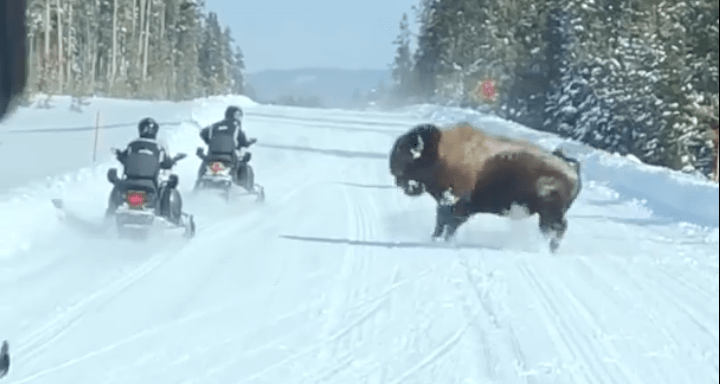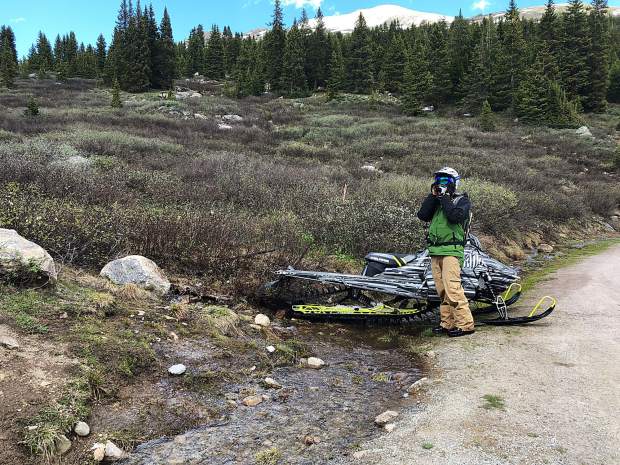
We all love winter sports, or at least most of them, and nowadays there are more and more people starting to love them as well. One of those sports is snowmobiling. Sleds are undeniably growing on popularity year after year. In fact, sales of new snowmobiles have risen by 6.6 percent worldwide in the 2019 season.
Last season, 55,025 new snowmobiles were commercialized in the United States, 46,784 in Canada and sales in Europe were over 31,000. Based on new economic impact data, snowmobilers generated more than $35 billion dollars in economic activity.
Numbers like that not only affect the economy but can also be witnessed as mountain areas get more snowmobilers practicing the sport. Club and Association participation has been increasing and supporting the snowmobiling infrastructure, which is good news for a sustainable, safe and environmentally friendly development of the sport.

However, irresponsibilities, dangerous situations, and unawareness of environmental damage still stalk the sledding scene sometimes.
- Related: Men Accused of Illegal Snowmobiling on Independence Pass, CO Bragged About it on Social Media
The debate between people who like the mountains free from exhaust and engine noises, and those who claim that its all a misperception and snowmobiles are actually cool, has been going since the engine was created (probably), and surely will continue. Access to mountain areas and public lands concern many, including enthusiast, athletes, and authorities. Snowmobile access is currently the hot topic in Lake Tahoe, California, and you can read about that here.
What we all can agree on is that each snowmobiler can contribute to keeping the environmental impact of its machine as low as possible. More importantly in the relationship between the person, the sled, and the natural environment where the machine is going to be used.
In the first place you should maintain your snowmobile in optimal condition. Regulations about noise and emissions are meant to protect wildlife and the local environment. Maintain your engine properly and use good silencers. This will help to preserve the trails you love and improve your chances of spotting wildlife.
Make sure the snow is deep enough. Many plants survive beneath the snow during the winter, and snowmobile tracks can destroy them or damage the topsoil. Before you hit the trails, find out if the snow cover is deep enough for snowmobiling.

Stay on the trail. Follow the trail so you can avoid getting your sled into vulnerable, hard to recover areas. Never go across wetlands, along shorelines, or into streams or riverbeds—these areas are especially sensitive to disruption.
Don’t chase or scare the animals on purpose. The engine sound is already a disturbance for animals. Try to keep it low when possible. If you see wild animals or livestock, observe them from a distance. This might sound obvious but many times it is not.
Learn about the areas and routes you frequently visit. Take the time to learn about the environment in your local snowmobile playground. Find out the species that habit near the trails, what are their habits? Where do they make their dens or nests? Learn about the trees and plants you ride past and check on the status of the area. Is it considered environmentally sensitive or is it in relatively good condition?
As Ed Klim of the International Snowmobile Manufacturers Association said, referring to the snowmobiles market: “The more you ride, the more you break, the more you buy. The more you ride, the more worn the snowmobile gets” Hopefully we can keep that “the more you break” and “the more worn it gets” part just to our snowmobiles, and not to the areas we ride in.
